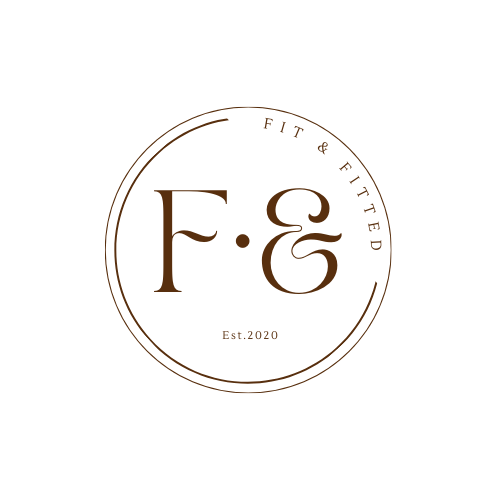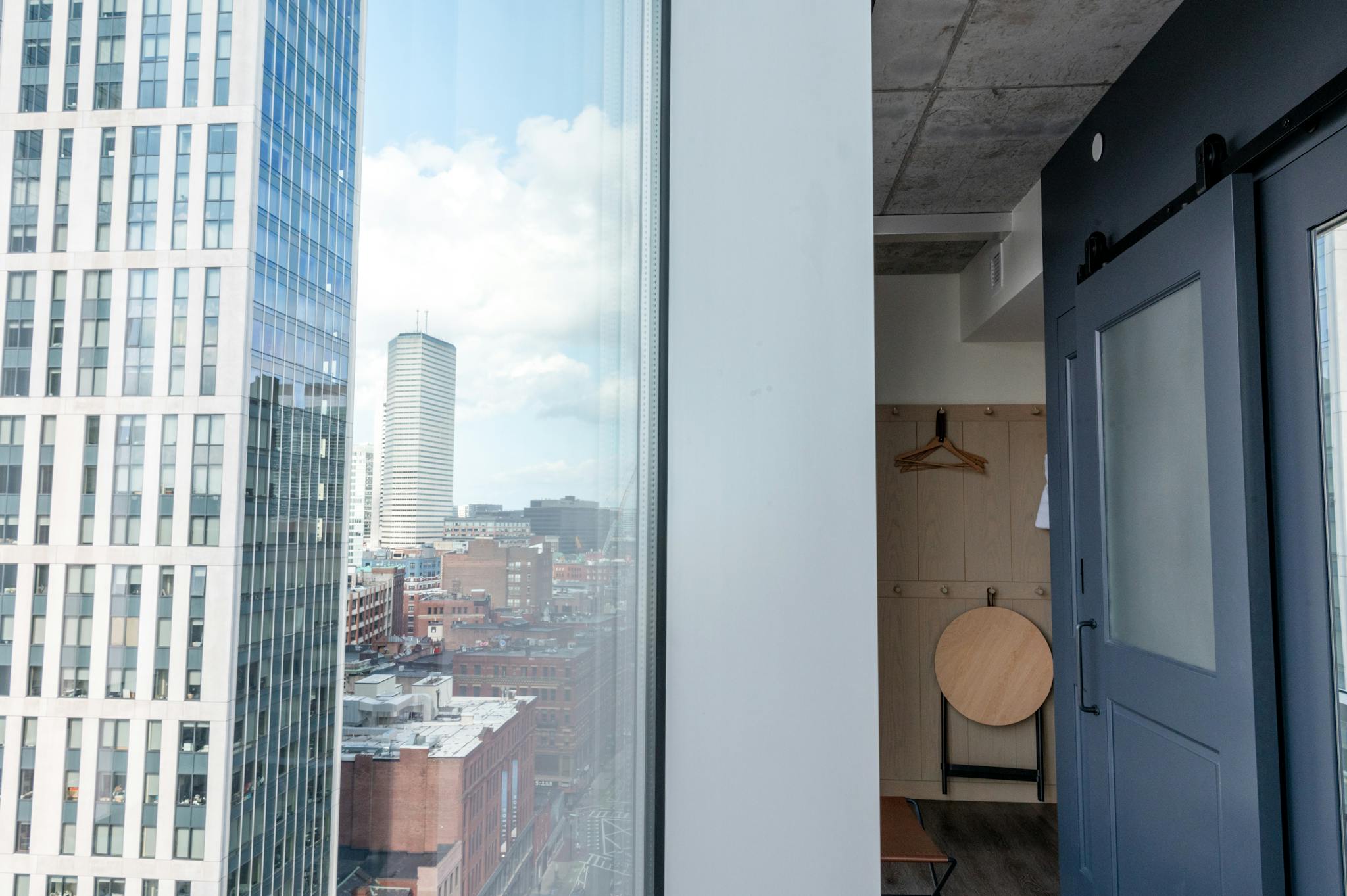The Ultimate Guide to NYC Housing: Everything You Need to Know
move into the nyc
NYC Housing Landscape Explanation
* Overview of NYC’s five boroughs and their characteristics
* Explanation of different housing types (apartments, dorms, shared houses/apartments)
* Brief introduction to NYC’s rental market and what to expect
* Common challenges faced by international students in finding housing
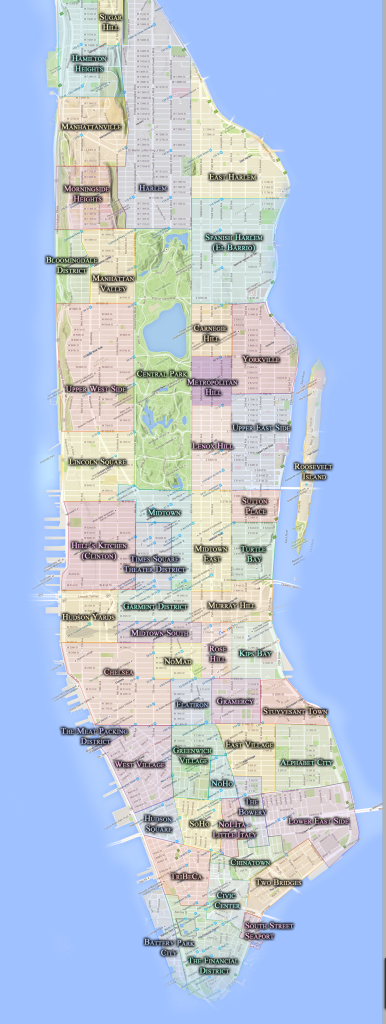
Navigating the New York City housing scene can be a real doozy, especially if you’re an international student. I’ve lived in this concrete jungle for over a decade, and I still sometimes scratch my head at how complex it can be. But don’t worry—I’m here to break it down for you based on my experiences and those of many friends I’ve helped over the years.

First things first, let’s talk boroughs. NYC is divided into five of ’em: Manhattan, Brooklyn, Queens, the Bronx, and Staten Island. Each has its own vibe, and trust me, they’re as different as night and day. Manhattan’s the one you see in all the movies – skyscrapers, bustling streets, and obviously expensive rent. If you are an international student or moving to the city in the early stage of your career, check out my article here: Best Student Housing in NYC: Top Options for Every Budget. I am sure you would find helpful to pin yourself on the Manhattan Neighborhoods Map!

Brooklyn’s become the hip spot lately. It’s got a bit more breathing room than Manhattan, and you might actually find an apartment bigger than a closet. Queens is super diverse – you can find cuisine from just about anywhere in the world there. The Bronx has gotten a bad rap, but it’s got some great, affordable neighborhoods. And Staten Island? Well, it’s the forgotten borough, but it’s got its charms if you don’t mind a ferry ride (2 hours minimum, including switching between public transportation).

Now, let’s chat about housing types. You’ve got your typical apartments, which range from tiny studios where your bed doubles as your couch (been there, done that) to spacious multi-bedroom units. Dorms are an option if you’re affiliated with a university, but they are also pricey according to limited space and have many strict rules. My first dorm was about $1,200 per semester with NYU on the Lower East Side of Manhattan. I moved out after the first year of college and started to share apartments and houses during my student life. Due to high rent, shared apartments are probably the most popular option, especially in Manhattan. The shared part can afford a studio/one-bedroom in Brooklyn and Queens. I lived in one for a couple of months, and it was a great way to meet people and split costs. For the pros and cons of sharing apartments, you might find it’s helpful in my articles: Pros and Cons of Living in a Dorm vs. Off-Campus Housing.
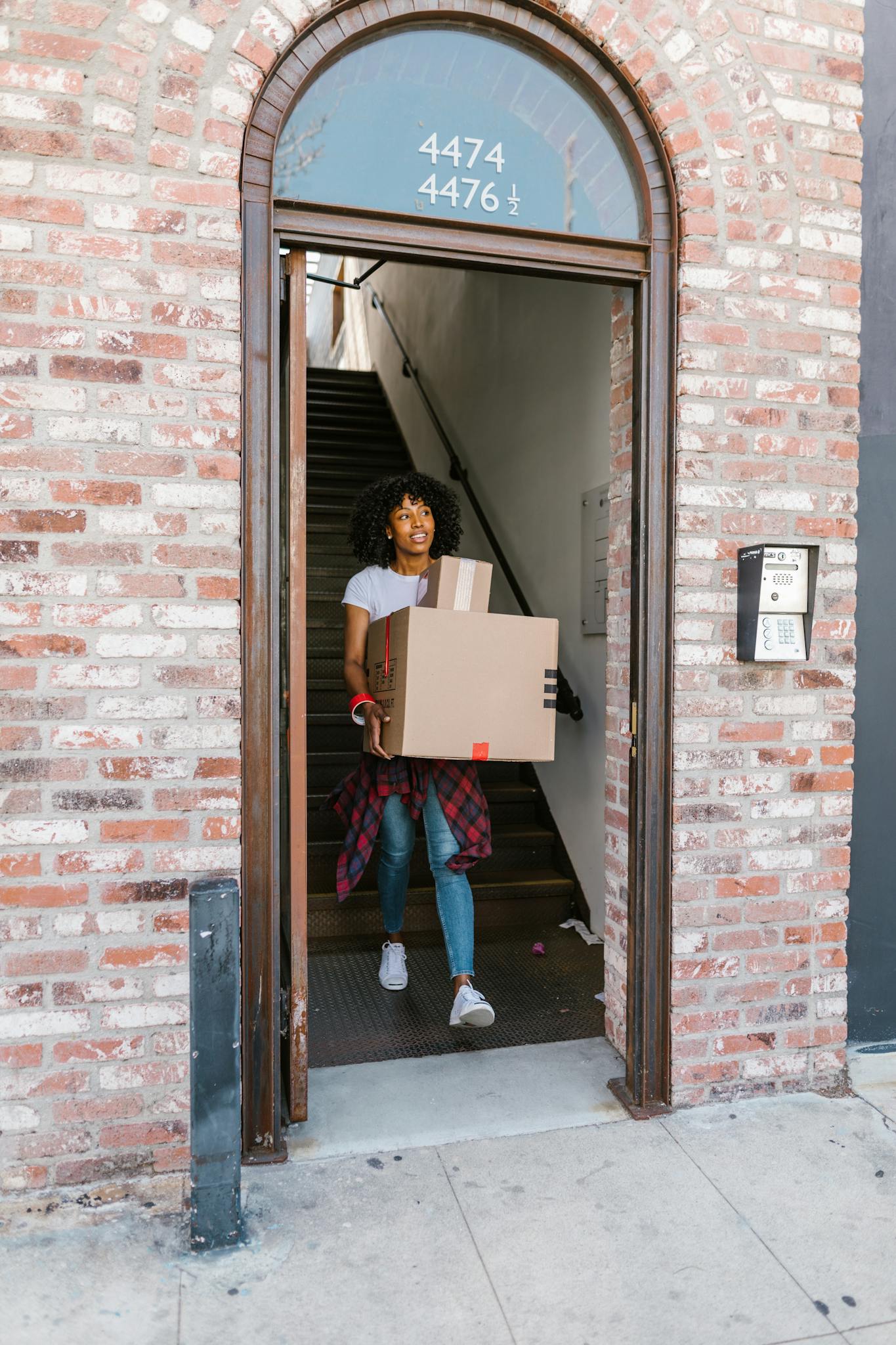
If your family and friends can help you contact landlords and sign contracts, that is the best option! However, students and international students usually need some professional help since we just move into a new city or country without knowing much. Check out my articles: Top 5 Free Websites/Agencies to Find Your Ideal Apartments in New York City. Generally, the agency fees are shared between the landlords (individuals or real estate companies), but NYC is so unique that most rental buildings pay total agency fees.
- StreetEasy(Most resourceful)
- Loftey(Best individual agent)
- Craiglist
- LeaseBreak.com
- Facebook Groups (College Community Groups)

When it comes to the rental market, brace yourself. It’s fast-paced and can be cutthroat for popular ones. The market is a seller’s market in July/Aug since students and new hires are moving into the city because of the school season and employment market cycle. One time, I found the perfect apartment, but by the time I called the agent (literally 30 minutes after the listing went up), it was gone. You gotta be quick on your feet and ready to make decisions fast. Expect to pay a lot – NYC consistently ranks as one of the most expensive cities in the US for renters.
International people face some unique challenges here. For one, many landlords want to see a US credit history or a guarantor who makes 40 times the monthly rent. Yeah, you heard that correctly – 40 times! It’s bonkers, considering usually it’s USD 2k-3k for a studio room. There are several ways to go around it. For example:
- find a family friend as a guarantor and they provide income proof of 40 times * your monthly rent.
- pay agency to be your guarantor (most international students choose this one when they hire an agency to enter into the lease agreement)
- purchase insurance
Another hurdle is the language barrier. NYC landlords and agents often speak a mile a minute and use all sorts of real estate jargon, which can be overwhelming even for native English speakers. I understand most international students are capable of fluent communication, but when it’s inevitable to feel confused with details if it’s the first time to rent an apartment overseas! Fortunately, NYC is most famous for its regulated renting market and renter protection. International students and new hires/immigrants can use common sense and intuition to spot any unfair/suspicious contract.
Documentation can also be a nightmare. You’ll need:
- passport (valid more than 6 months)
- VISA (student VISA F-1; employment VISA H1B; etc)
- Proof of enrollment
- Bank Statement in English (to show your income/ bank account savings)
One of my friends almost lost out on an apartment because his bank statements were not translated into English. Pro tip: get your documents in order before you start your search!
And here’s a little secret: networking can be your best friend. I’ve seen my friends and classmates find great deals through alumni connections or by joining Facebook groups for their specific countries. I’ve seen my former classmates from India and China found fantastic sublet through a WhatsApp group for international students in NYC.
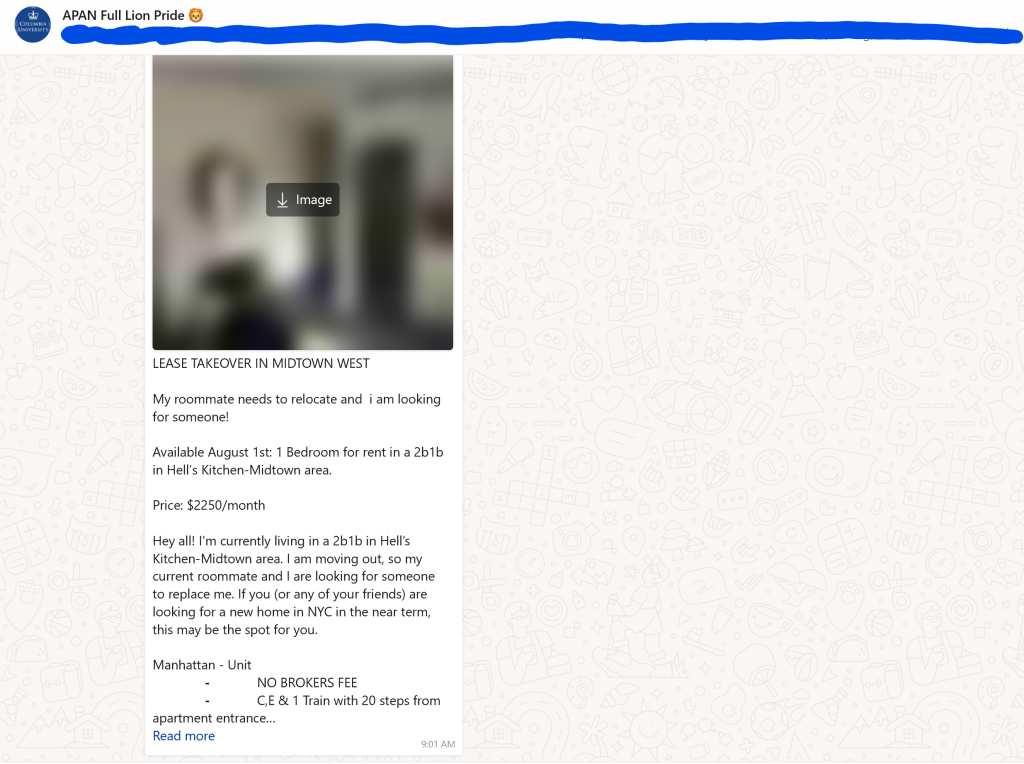
Remember, finding housing in NYC is tough, but it’s not impossible. It might take some time, and you might have to compromise on a few things, but you’ll find your place eventually. Wear a pair of sneakers and comfy cloths, ready for a day tour within the city. And once you do, you’ll be part of the most fantastic city in the world. Trust me, it’s worth the hassle!
